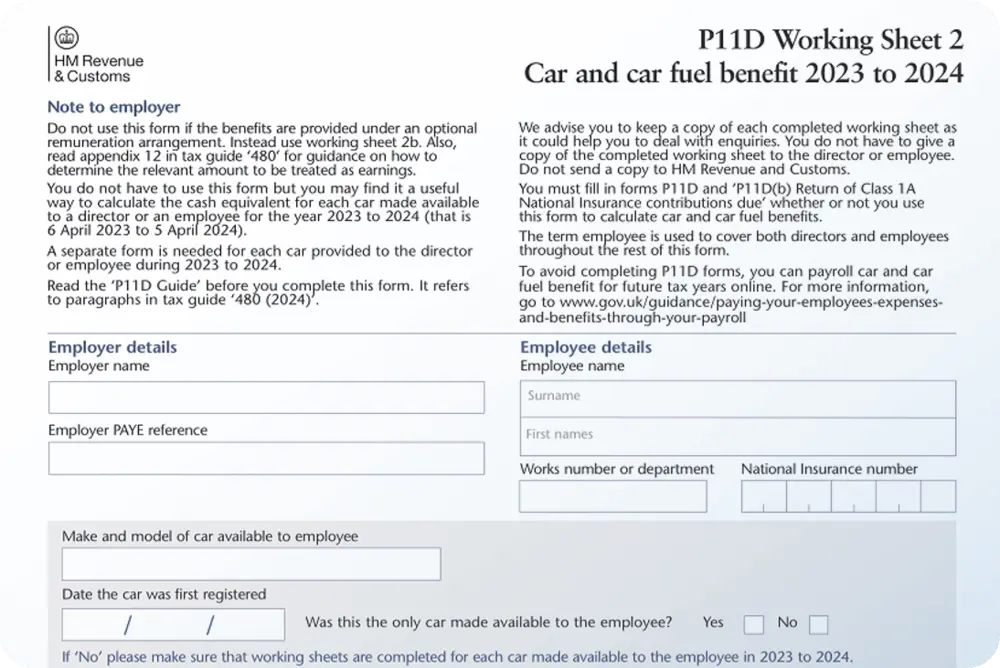Here's a brief overview of the VAT changes occurring after Brexit:
Exporting goods to the EU:
- EC Sales List: Previously, UK VAT-registered businesses that met specific conditions and were supplying goods to VAT-registered customers in the EU had to complete an EC Sales List. This is no longer required.
- Distance selling threshold: Starting from 1 January 2021, UK sellers can no longer take advantage of the distance selling thresholds.
Importing goods from the EU to the UK:
- Abolition of Low Value Consignment Relief (LVCR): The LVCR, which relieves import VAT on goods valued at £15 or less will no longer apply to goods imported into the UK, or for goods supplied to Northern Ireland from outside the UK and EU.
- Postponed VAT accounting: Starting from 1 January 2021, UK VAT registered businesses importing goods from locations worldwide into the UK can use a new system known as postponed VAT accounting.
- The £135 threshold: Starting 1 January 2021, the point at which VAT is collected on imported goods valued at up to £135 is moved from the point of importation to the point of sale. UK supply VAT-not import VAT-will be charged at the point of sale.
EU VAT Registration Number Validation service:
- UK businesses will be able to continue to use the EU VAT number validation service to check the validity of EU businesses, but UK VAT registrations will cease to be included.
VAT flat rate scheme:
- The scheme no longer applies to any sales a seller makes through an online marketplace, where the OMP is liable to account for VAT.
EU VAT refund system:
- UK businesses can no longer reclaim VAT incurred in other EU countries using the electronic EU VAT refund system.
Further details on the above mentioned changes can be found in our VAT guide for ecommerce businesses.
There are additional VAT changes implemented that do not apply to ecommerce merchants. These include:
- The VAT treatment of the supply of services to the EU
- The abolition of the £8,818 annual threshold for cross borders sales of digital services to EU consumers
- Businesses are no longer able to use the UK's MOSS scheme to report and pay VAT on sales of digital services to consumers in the EU. The new rules regarding the registration for the VAT MOSS non-union scheme in an EU member state will impact UK and non-UK businesses.
<p>Here's a brief overview of the VAT changes occurring after Brexit:<br></p><h2>Exporting goods to the EU:<br></h2><ul><li><strong>EC Sales List</strong>: Previously, UK VAT-registered businesses that met specific conditions and were supplying goods to VAT-registered customers in the EU had to complete an EC Sales List. This is no longer required.</li><li><strong>Distance selling threshold</strong>: Starting from 1 January 2021, UK sellers can no longer take advantage of the distance selling thresholds.<br></li></ul><h2>Importing goods from the EU to the UK:</h2><ul><li><strong>Abolition of Low Value Consignment Relief (LVCR)</strong>: The LVCR, which relieves import VAT on goods valued at £15 or less will no longer apply to goods imported into the UK, or for goods supplied to Northern Ireland from outside the UK and EU. </li><li><strong>Postponed VAT accounting</strong>: Starting from 1 January 2021, UK VAT registered businesses importing goods from locations worldwide into the UK can use a new system known as <a href="https://www.gov.uk/guidance/check-when-you-can-account-for-import-vat-on-your-vat-return" target="_blank">postponed VAT accounting</a>.</li><li><strong>The £135 threshold</strong>: Starting 1 January 2021, the point at which VAT is collected on imported goods valued at up to £135 is moved from the point of importation to the point of sale. <strong>UK supply VAT</strong>-not import VAT-will be charged at the point of sale.<br></li></ul><h2>EU VAT Registration Number Validation service: </h2><ul><li>UK businesses will be able to continue to use the EU VAT number validation service to check the validity of EU businesses, but UK VAT registrations will cease to be included.<br></li></ul><h2>VAT flat rate scheme: </h2><ul><li>The scheme no longer applies to any sales a seller makes through an online marketplace, where the OMP is liable to account for VAT.<br></li></ul><h2>EU VAT refund system:</h2><ul><li>UK businesses can no longer reclaim VAT incurred in other EU countries using the electronic EU VAT refund system.<br></li></ul><p>Further details on the above mentioned changes can be found in our <a href="https://www.goforma.com/business-resources/vat-guide-ecommerce-businesses" target="_blank">VAT guide for ecommerce businesses</a>. <br></p><p>There are additional VAT changes implemented that do not apply to ecommerce merchants. These include: </p><ul><li>The VAT treatment of the supply of services to the EU</li><li>The abolition of the £8,818 annual threshold for cross borders sales of digital services to EU consumers </li><li>Businesses are no longer able to use the UK's MOSS scheme to report and pay VAT on sales of digital services to consumers in the EU. The new rules regarding the registration for the VAT MOSS non-union scheme in an EU member state will impact UK and non-UK businesses.</li></ul>










%20(1).webp)
























.webp)